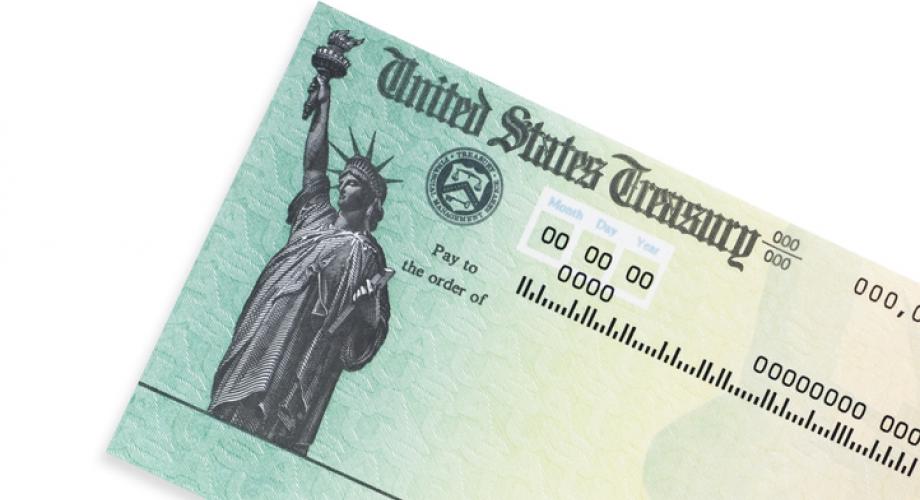The Department of Treasury updated their rental assistance guidance. Here’s what it means for the industry.
On June 24, 2021, the United States Department of Treasury (USDT) released another round of guidance, in the form of Frequently Asked Questions (FAQs) and a Fact Sheet, for grantees charged with distributing federal emergency rental assistance (ERA) funds through state and local programs. Along with the recent release of best practices from the field, USDT continues to provide technical assistance and resources for grantees to help them refine their programs and speed both application processing and distribution efforts. There has been a renewed sense of urgency to distribute ERA funds given the U.S. Centers for Disease Control and Prevention (CDC) announcement that its federal eviction moratorium order will end on July 31. Below are key takeaways for the industry from the June 24 guidance.
The National Apartment Association (NAA) was pleased to see the new guidance streamlines payment options to make accessing ERA on behalf of multiple residents easier and more attractive to housing providers. With this change, grantees may establish prudent information-sharing arrangements with housing providers for determining household eligibility. Additionally, grantees are permitted to establish reasonable procedures for combining the assistance provided for multiple households into a single “bulk” payment made to a housing provider.
Another positive addition in the updated FAQs is that USDT encourages grantees with overlapping or contiguous coverage areas to collaborate to develop consistent or complementary terms of their ERA programs and to coordinate in their communications with the public in order to minimize potential confusion among renters and housing providers regarding assistance.
The updated guidance also includes a provision encouraging partnerships with courts to actively prevent evictions and develop eviction diversion programs. The guidance suggests that grantees consider engaging providers of legal services and other housing stability services to assist households against which an eviction action for nonpayment of rent has been filed.
In our advocacy, NAA strongly supported and stressed the importance of ERA funds as part of the federal government's COVID-19 relief efforts. For many months, we have continued conversations with the Administration and Congress to voice concerns about ERA program barriers and overly complicated requirements. Bulk processing and streamlining of program requirements were key parts of our recommendations to improve housing providers’ access to these critical resources. The best programs have clear eligibility and application processes that apply statewide and allow a seamless process for housing providers to work on behalf of their residents en masse to obtain relief.
NAA is closely monitoring how the new guidance will be interpreted and implemented by grantees. We will continue our federal advocacy efforts to urge efficient and effective distribution of emergency rental assistance and focus on targeted support for those who need more time to recover from COVID-19. While well-intentioned, federal eviction restrictions that were intended to be temporary, and yet have become semi-permanent, must end.
If you have any questions regarding the emergency rental assistance programs, please contact Jodie Applewhite at [email protected].
